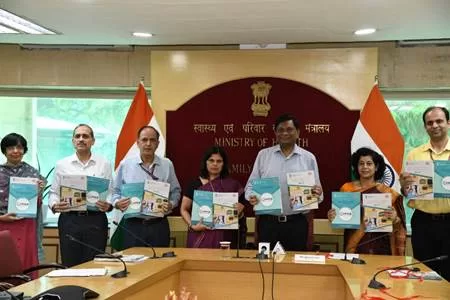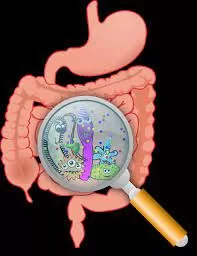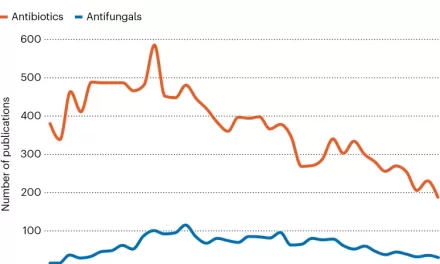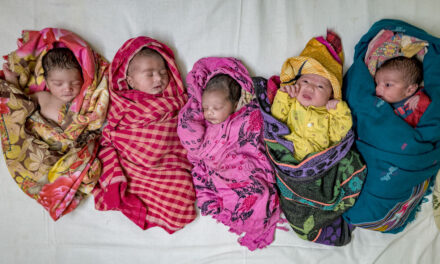New Delhi, 9 September 2024 — Union Health Secretary, Shri Apurva Chandra, today released the much-anticipated “Health Dynamics of India (Infrastructure and Human Resources) 2022-23”, an annual publication that provides comprehensive data on India’s healthcare infrastructure and workforce. Formerly known as “Rural Health Statistics”, this document has been a cornerstone of health sector analysis since its inception in 1992.
Speaking at the launch, Shri Chandra underscored the importance of the publication in shaping policy, improving processes, and addressing the healthcare challenges across the country. “The annual publication is a valuable document furnishing much-needed information on manpower and infrastructure within the National Health Mission (NHM), helpful in policy-making, improving processes, and problem-solving,” he said. He emphasized that the document provides cross-state analysis, offering insights into gaps and strengths in healthcare resources, which can guide more targeted health campaigns and policy reforms.
A key feature of this year’s edition is the comprehensive comparison between 2022 and 2023, alongside a long-term comparison dating back to 2005. Shri Chandra highlighted the significance of this comparative analysis, which allows stakeholders to track progress and identify areas where healthcare systems still need improvement.
Integration of Health Data Systems
One of the critical points raised by Shri Chandra during the event was the need to integrate the Health Management Information System (HMIS) with the Reproductive and Child Health (RCH) portal and other Ministry databases. This integration aims to streamline the workload of health functionaries, ensuring that data is uploaded in a timely manner and carefully analyzed. “This will reduce the burden of work of health functionaries and ensure that the data are uploaded timely and analyzed carefully,” Shri Chandra stated, highlighting the broader goal of improving data management across the health sector.
The Publication: A Deep Dive into India’s Healthcare System
The publication is divided into two parts. Part 1 offers an overview of India’s healthcare landscape through state and union territory profiles, complemented by maps and charts for easy visualization. Part 2 is more detailed, with nine sections offering in-depth data on health facilities, manpower, and demographic indicators.
This wealth of information is vital for policymakers, health administrators, and planners. It enables them to assess the adequacy and distribution of healthcare resources and facilities, allowing for more informed decisions on resource allocation and health service delivery. With a clear understanding of regional needs, stakeholders can formulate strategies that ensure equitable access to healthcare across rural, urban, and tribal populations.
India’s Healthcare Infrastructure in Numbers
As of March 31, 2023, India has:
- 1,69,615 Sub-Centres (SCs)
- 31,882 Primary Health Centres (PHCs)
- 6,359 Community Health Centres (CHCs)
- 1,340 Sub-Divisional/District Hospitals (SDHs)
- 714 District Hospitals (DHs)
- 362 Medical Colleges (MCs)
These facilities are supported by a vast workforce, including:
- 2,39,911 Health Workers (male and female) at Sub-Centres
- 40,583 Doctors/Medical Officers at PHCs
- 26,280 Specialists and Medical Officers at CHCs
- 45,027 Doctors and Specialists at SDHs and DHs
- 47,932 Staff Nurses at PHCs and 51,059 Nursing Staff at CHCs
- 1,35,793 Paramedical Staff at SDHs and DHs
A Strategic Tool for Policymaking
The data contained within the “Health Dynamics of India” publication not only informs policy decisions but also provides a roadmap for optimizing health services. The detailed district-wise breakdown of health facilities ensures that local-level needs are addressed, and the focus on rural, urban, and tribal health infrastructures allows for region-specific strategies to be developed.
Furthermore, the classification of states and union territories based on key healthcare performance metrics enables targeted interventions to address the most pressing deficiencies in healthcare delivery.
Future-Ready Insights
Senior officials, including Smt. Aradhana Patnaik, Additional Secretary and Mission Director of the NHM, were present at the event. The publication is available on the Ministry of Health & Family Welfare’s website, making it accessible to stakeholders for future reference and policy planning.
By providing a detailed analysis of healthcare infrastructure and human resources, the “Health Dynamics of India (Infrastructure and Human Resources) 2022-23” stands as a critical resource in the ongoing effort to strengthen India’s healthcare system, ensuring it is responsive to the needs of all population groups across the country.
For more information and to access the publication, visit Ministry of Health & Family Welfare.











